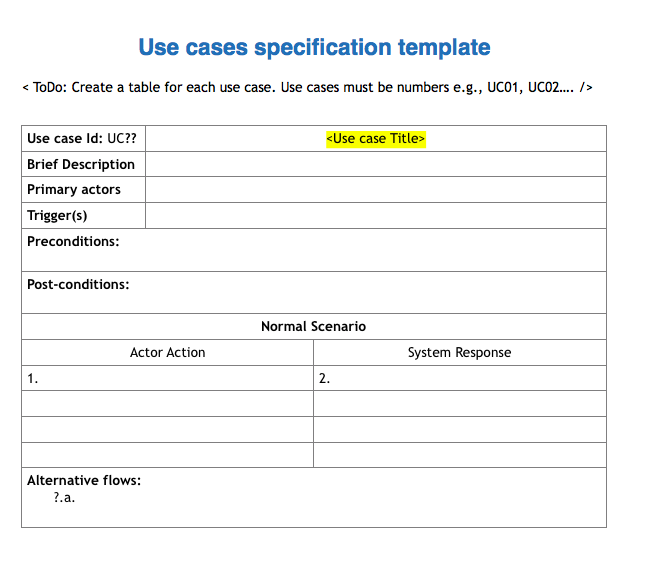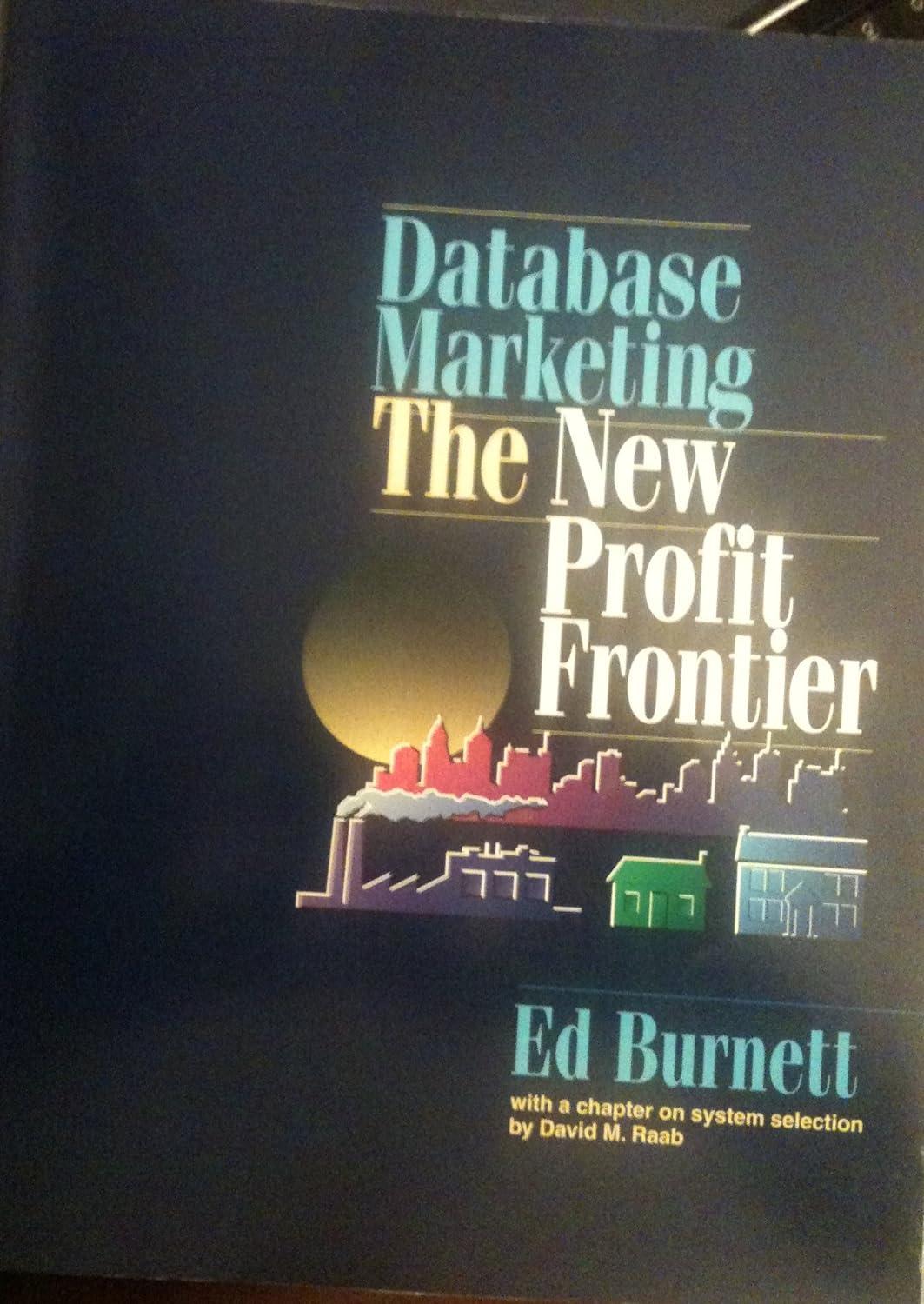Question
Use Visual paradigm for the diagram. A Hotel Reservation System A hotel reservation system starts processing of room reservation once it receives a reservation request
Use Visual paradigm for the diagram.
A Hotel Reservation System
A hotel reservation system starts processing of room reservation once it receives a reservation request from a customer. The system searches for the available room(s), and makes the reservation for the customer if room(s) is available. The system registers the customer details into the system by creating an account if the customer is new to the hotel. If the customer already exists, it simply proceeds for the reservation by retrieving the customer account without creating a new account. For the individual customer, the system then automatically verifies the credit card validity and the availability of the required funds from the issuing bank of the credit card. The bank sends an approved message if everything goes fine. The system then confirms the reservation, a reservation number is assigned, and the room(s) becomes unavailable for that period to other customers. However, if the bank sends a Rejected message, the system does not make any reservation for the customer. In either case, the system produces a message regarding the outcome of the reservation process (confirmed or declined reservation). For the company customer, the system does not verify the credit card validity with the bank.
When the customer checks-in, the hotel desk staff finds the reservation by either entering the reservation number or the customer name. The desk staff then enters the scanned copy of the customer identity card or passport into the system, and includes this with the customer account. The system then checks if the allocated room has all three accessories (a hairdryer, a microwave, an iron). If any of these three accessories is missing, the system produces a message to the room service staff to supply the missing accessory in the room immediately. It then prints a room access card for the customer, and records the room number in the customer account along with a note that the customer has checked-in. The account includes the room number, time and date of the check-in, and the access card information.
When a customer checks-out, the hotel desk staff either enters the room number or the reservation number into the system. The system then finds the reservation information, checks if any accessory is missing from the room, finds the room rate, and the total number of days the customer stayed. It then computes the total cost of the reservation, and prepares an invoice (bill). For the missing accessory, the system automatically finds the price of the item, and includes it in the invoice (bill). During the check-out, the invoice also includes the shuttle service fee if the customer has used the service. The system can retrieve this information from the customer account. The system finally releases the room.
The system knows which rooms were reserved by which customers for which dates. It also knows, which customers checked-in, which customers checked-out, which rooms are vacant in which dates, and which access cards were issued for which reservation. The system also records which customers used shuttle services, or other services in the hotel, which room has missing accessory during check-in and check-out, the price of the accessory, shuttle dates, credit card details of the customer. It keeps record of all reservations, customer details, and invoices.
Your tasks:
1. Propose a use case diagram of the above system 2. Develop use case specification including Actor-Action-System-Response (normal scenario)for each of these use cases.
The template

Use cases specification template ToDo: Create a table for each use case. Use cases must be numbers e.g., UC01, UC02.... />
Step by Step Solution
There are 3 Steps involved in it
Step: 1

Get Instant Access to Expert-Tailored Solutions
See step-by-step solutions with expert insights and AI powered tools for academic success
Step: 2

Step: 3

Ace Your Homework with AI
Get the answers you need in no time with our AI-driven, step-by-step assistance
Get Started


